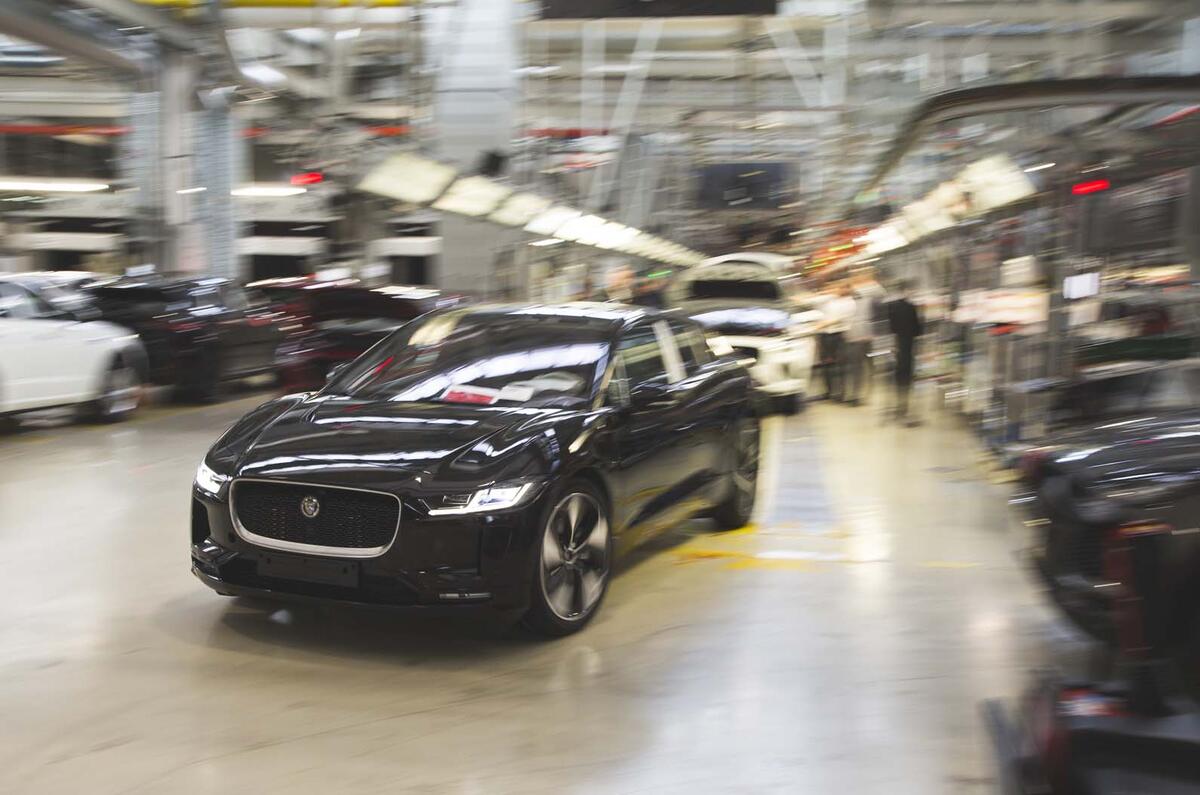You’ve got to admire the boldness of JLR’s new electric Jaguar plan, coming as quickly as it does after a series of severe financial reverses, a radical shrinkage of the workforce and the comparative failure of the company to sell Jaguar saloons despite years of big-scale investment.
The plan as outlined, provided it leads to more UK-built electric models than only the new XJ just confirmed, seems to promise good things for the old marque - a foothold in a part of the electric car market where there appears to be profitable demand and a fresh chance for far-reaching co-operation with BMW.
Best of all, it provides an opportunity to build a model range whose low-carbon credentials will allow its Land Rover partner cars - which few potential buyers can yet visualise as pure electric models - to continue for several model cycles as 48V hybrids.
Perhaps best of all for the UK, it shows confidence in the various well-founded UK battery research efforts to improve battery technology, and injects a fresh sense of urgency. And it surely leaves the government with no alternative but to redouble its efforts to help promote advanced electrification.
A year or two ago, Ralf Speth and his team were devoting much time to damning the idea of the UK leaving the EU (and we’ll bet they still don’t love the idea). But they have now clearly moved on to hatching a plan for JLR that can work beyond the split, and which plays superbly to the UK’s strengths.
It is a big gamble, of course, assuming strong customer demand for a range of radical new Jaguars. But the remarkably successful Jaguar I-Pace already shows the strength of the possibilities.
Read more
Electric Jaguar XJ confirmed, to be built at Castle Bromwich
Jaguar Land Rover and BMW join forces to develop electrified vehicles









Join the debate
Add your comment
nice
it's really nice and meanful. i love it. Fans Scope
Jaguar should focus their
Jaguar should focus their main attention on replacing the F type with 3 sports cars to take on the Boxter, Cayman and Audi R8. But instead of half arsed efforts throw absolutely everything at it with the explicit aim of smashing the entire Porsche range into the ground. The cars should be faster, more exciting to look at, handle better and have interiors that set new class standards.
Once they’d done this and only after they had done this convincingly should they try building out cars to replace the XE and XF. If they could make Porsche fans cry then they will take everyone with them. And did I mention they need to make reliable cars?
Do this and the world will fall in love with Jaguar again. Would it be that expensive? No not it Jaguar could develop all these sports cars off common components.
"Best of all, it provides an
"Best of all, it provides an opportunity to build a model range whose low-carbon credentials will allow its Land Rover partner cars - which few potential buyers can yet visualise as pure electric models - to continue for several model cycles as 48V hybrids."
The 48V hybrid hasn't got 25 years left. That takes us to 2045. By then, the demand for any ICE car is going to be miniscule. EVs are already better than ICE cars; the tipping point will come when they can match the range and be cheaper as well. If JLR want to survive, they'll have to move this technology into the Land Rover range very quickly indeed.